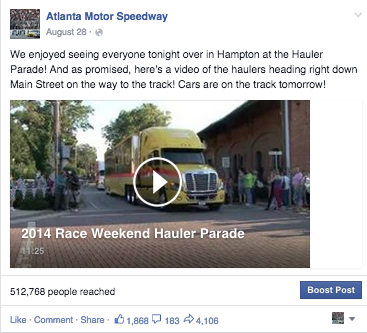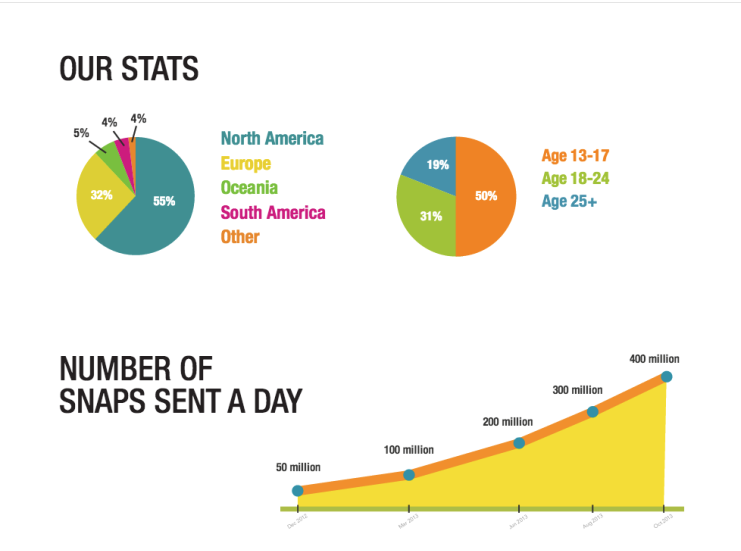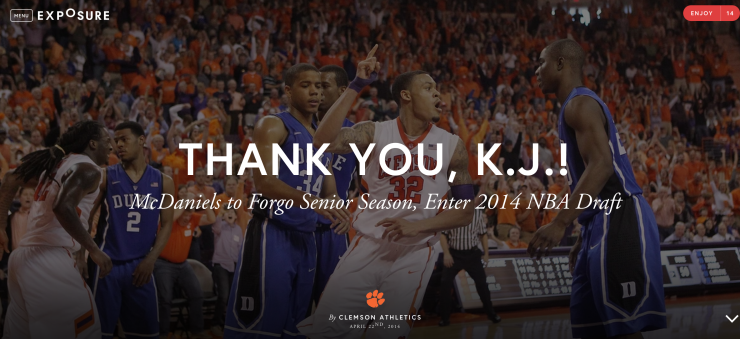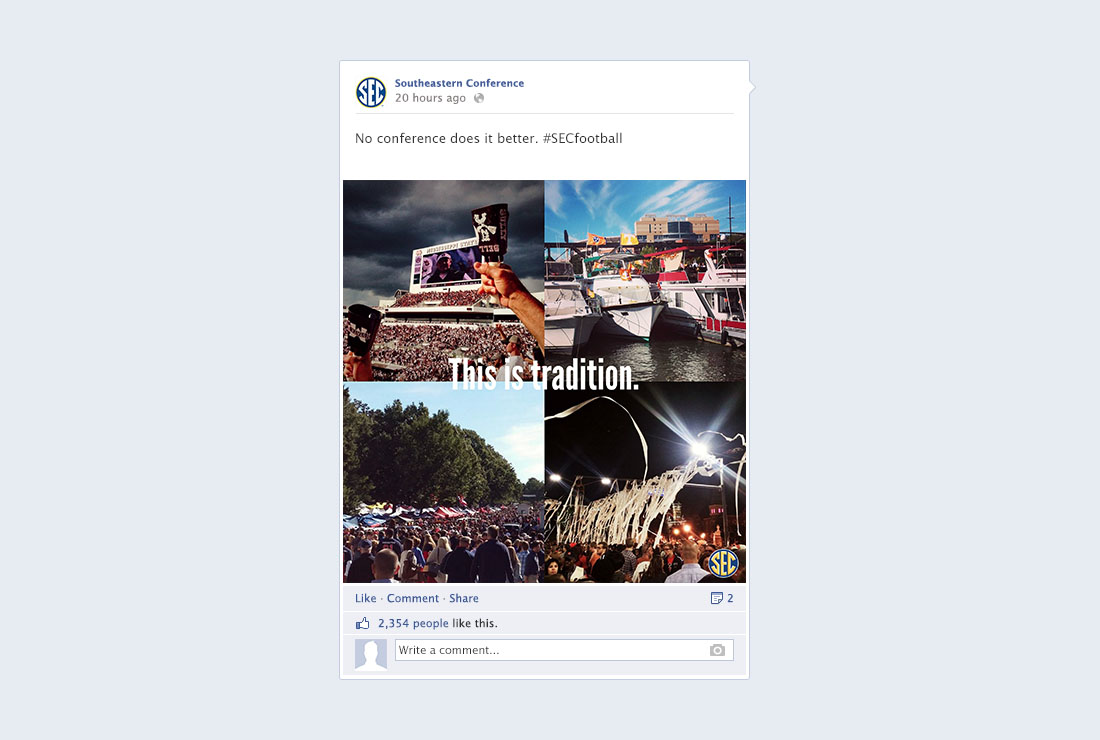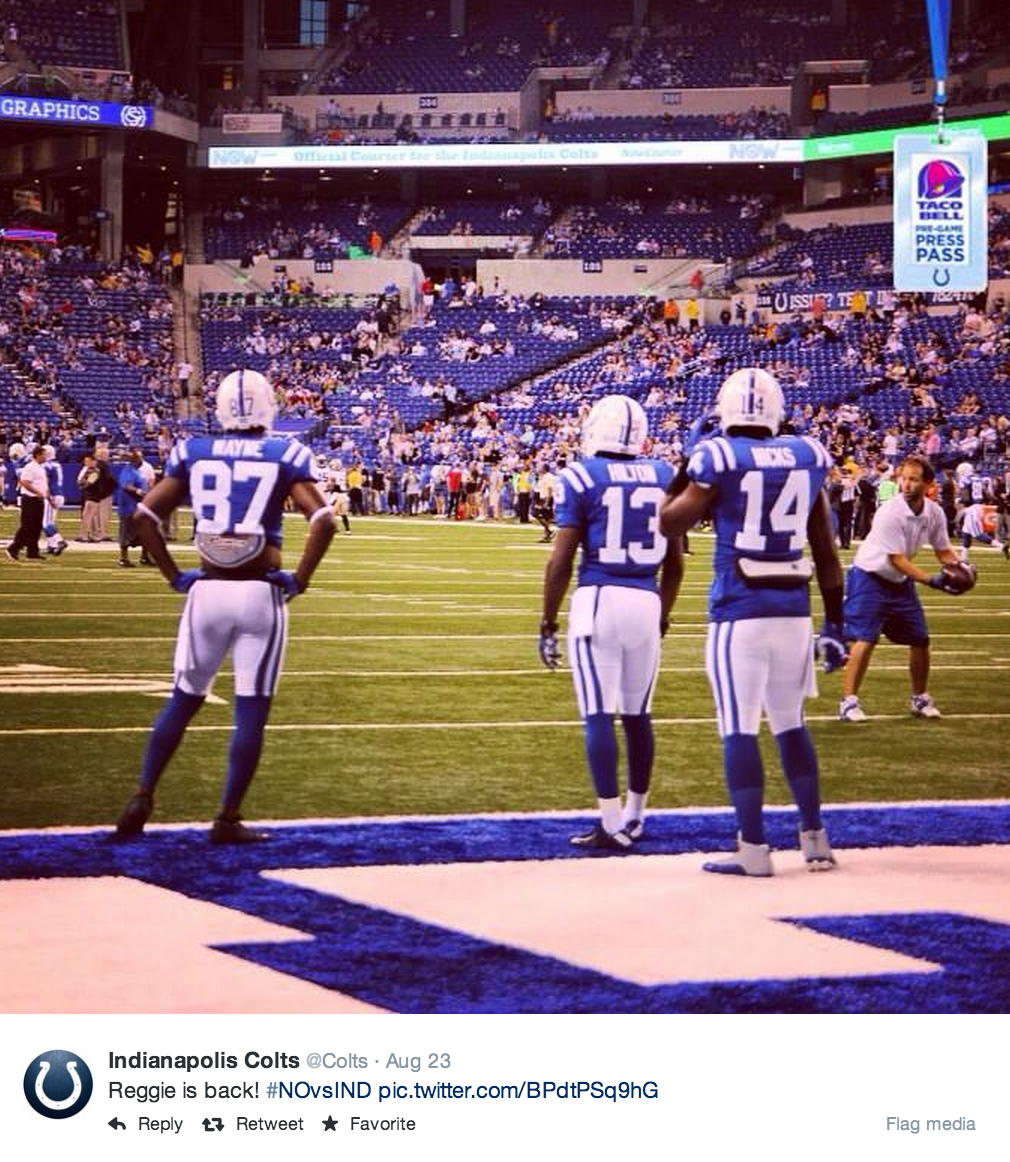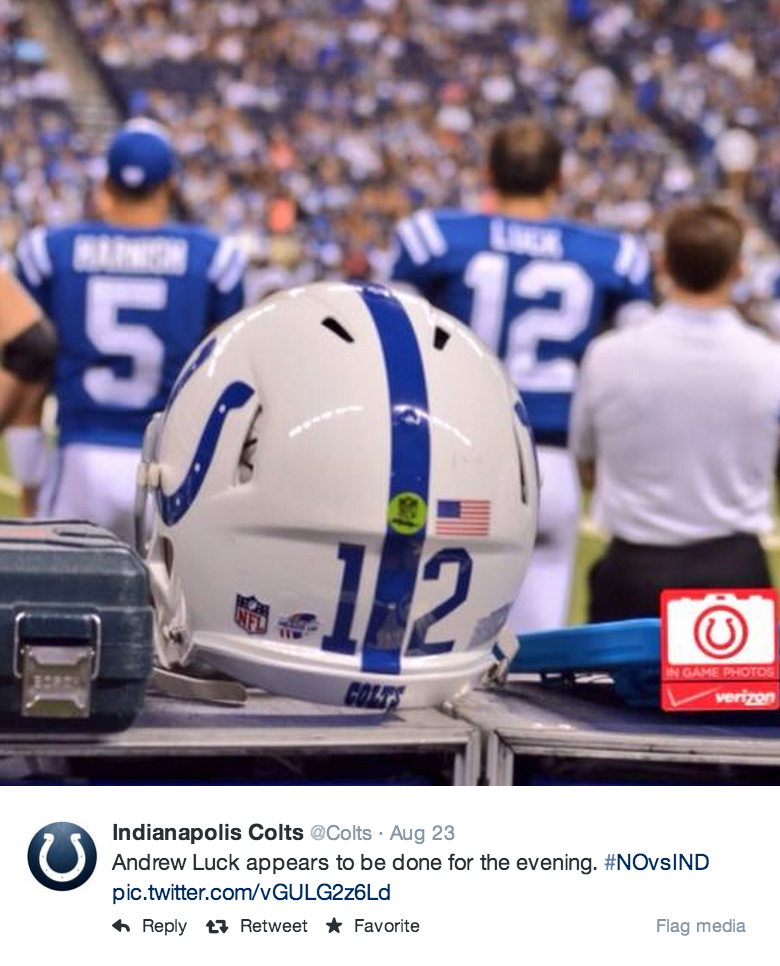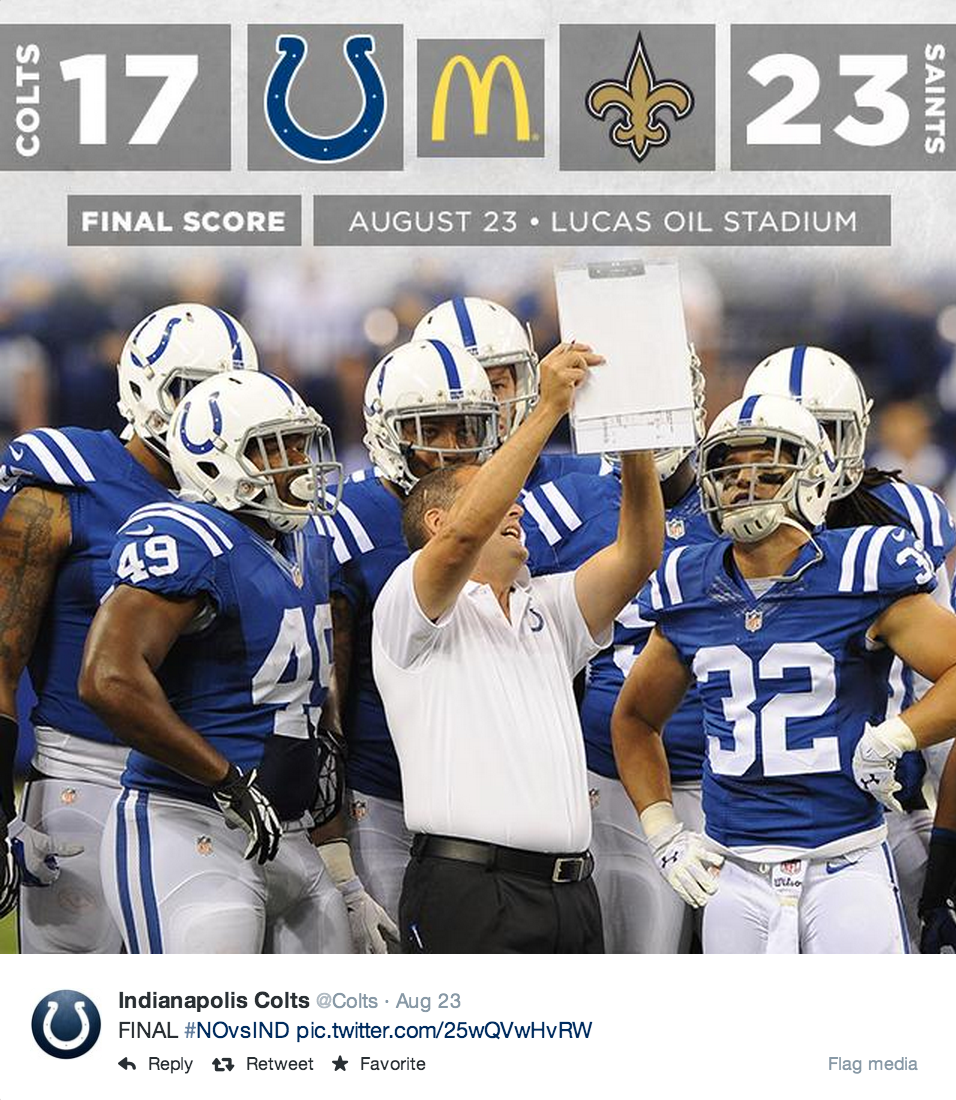As a social media manager, I’m sure you are use to questions like this: What is the optimal video length, when is the best time to post, etc.? People love to have data to back up their decisions. And while I love studies and data that can help guide decisions, there is one thing I’ve learned:
Social media studies and analytics that aren’t tied to your team, league or brand are merely just a guide. They aren’t rules to live by. Test and see what works best for your audience. It’s all in the context.
Brad Harrison, the social media manager at Atlanta Motor Speedway, sent me a great example that speaks to this. A few weeks ago the Atlanta Motor Speedway and City of Hampton welcomed big rigs to the city streets for its Hampton Hauler Parade. This year, for the first time, the haulers actually paraded through downtown Hampton. It presented a golden opportunity to get their audience engaged. Here’s how the team decided to cover it on Facebook, according to Harrison:
“When it came to posting a video of the parade, we kept it simple: Instead of limiting the video length to two to three minutes, we opted to run the full length (which was 11:24 long).
By rule, we tend to limit our video’s length. But in this case, we decided that those parameters, while a good rule to follow, at times need flexibility. The move paid off in a large way: NASCAR fans are passionate and posting content where they would see their favorite driver’s transporter resonated strongly.
The post itself had the highest engagements of any post within the past year on our Facebook channel. It had an organic reach of 512,768 and was viewed by 95,136 people (our Facebook page has just more than 113,000 fans currently).”
We all know most studies would say an 11-minute video is way too long for social. In this case though, it worked for AMS.
The lesson is simple here: Pay attention to your fans and what works for you. Industry standards and rules are meant to be broken if you have a grasp on the why.
Do you have any examples of when you broke “the rules” in social and it worked well? If so, share your example below!
As always, thanks for reading!
